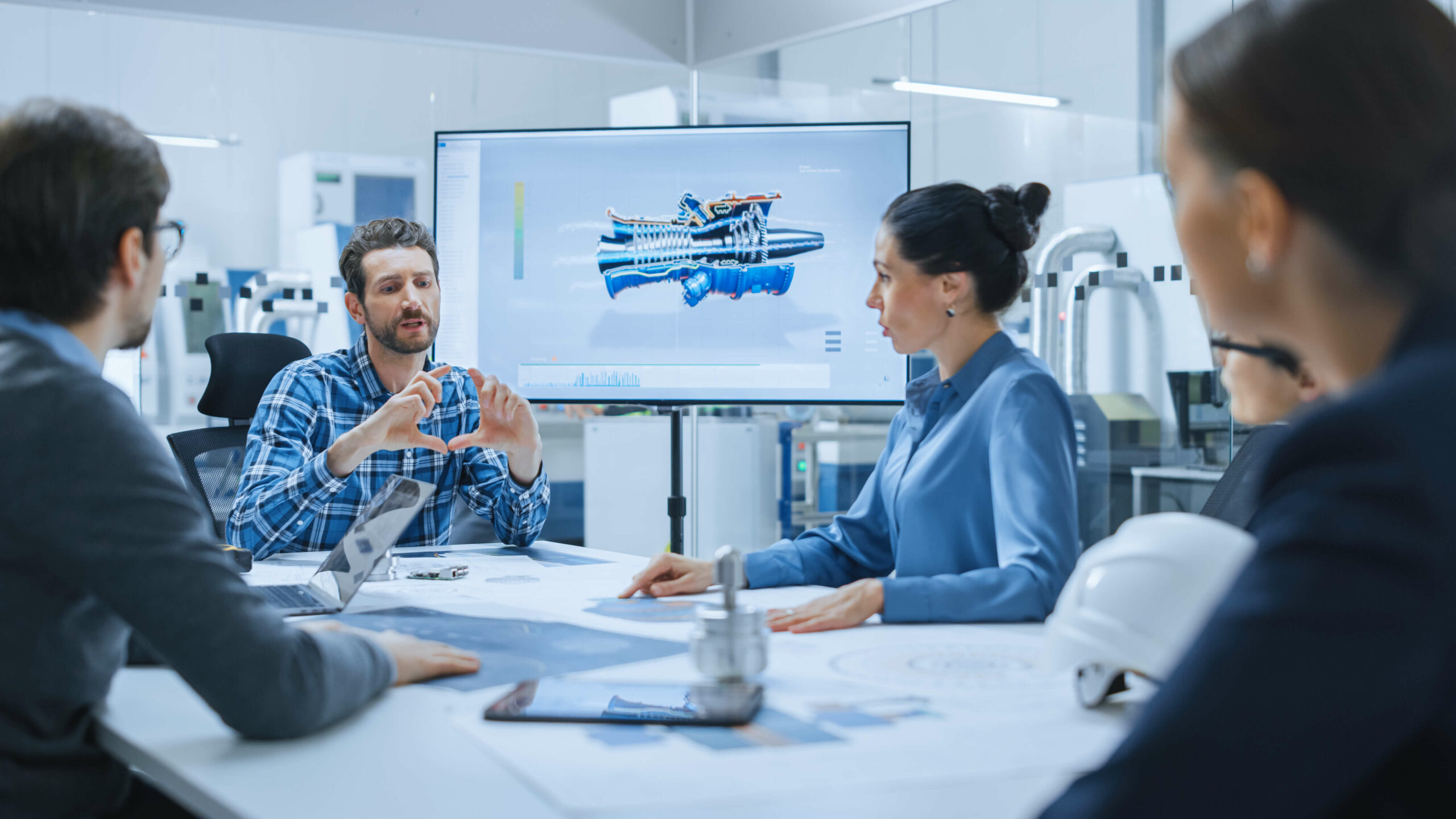Heat and Mass Transfer
Overall Course Objectives
To give a theoretical and practical background to formulate and solve problems within heat transfer systems. Furthermore, evaluate different methods of solution in engineering context.
Learning Objectives
- Understand and explain how the physical laws are incorporated in conduction, convection and radiation.
- Demonstrate how to solve practical engineering problem concerning heat transfer.
- Make energy balances to determine the boundary conditions for systems with combined heat transfer by conduction, convection and radiation for both analytical and numerical problems.
- Determine temperature profiles in simple construction in rectangular- cylindrical- and spherical coordinate systems with and without heat generation in the system, and setting up the boundary- and initial conditions.
- Understand, explain and calculate the different types of convections including natural, forced, boiling and condensation.
- Calculate heat transfer for natural- and forced convection for plane surfaces and for flow around pipes and spheres.
- Understand, explain and calculate on heat exchangers by using LMTD- and NTU method.
- Calculate heat transfer by radiation between diffuse, gray and opaque surfaces by using the Matrix-method and solving by EES.
- Have knowledge about mass transfer and Fick’s law, and the analogy to heat transfer.
Course Content
Introduction and basics heat transfer. Heat conduction equation, boundary and initial conditions. Steady and transient heat conduction, including application of the Bessel- and Error functions. Numerical methods with finite difference. Fin equation. Fundamentals of convection. Internal and external forced convection. Natural convection. Boiling and condensation. Heat exchangers, including the LMTD- and NTU method. Radiation heat transfer, view factor, absorption, emission, gray, diffuse surfaces, Matrix-method and radiation and absorbing in gases. Introduction to mass transfer, diffusion and Fick’s law.
Case studies and examples from industry, power plants, cooling of electronic equipments, heating and cooling of buildings, and refrigeration and freezing of foods.
Recommended prerequisites
62603/62657, Thermodynamics and Fluid Mechanics.
Teaching Method
The students will follow lectures and assignments. There will be demonstration of lab experiments and computer simulations in MATLAB and COMSOL.
Faculty
Remarks
Faggruppe: Mekanisk teknologi
Valgfag
This is a relevant and versatile optional course to be used in both energy and mechanical design.




